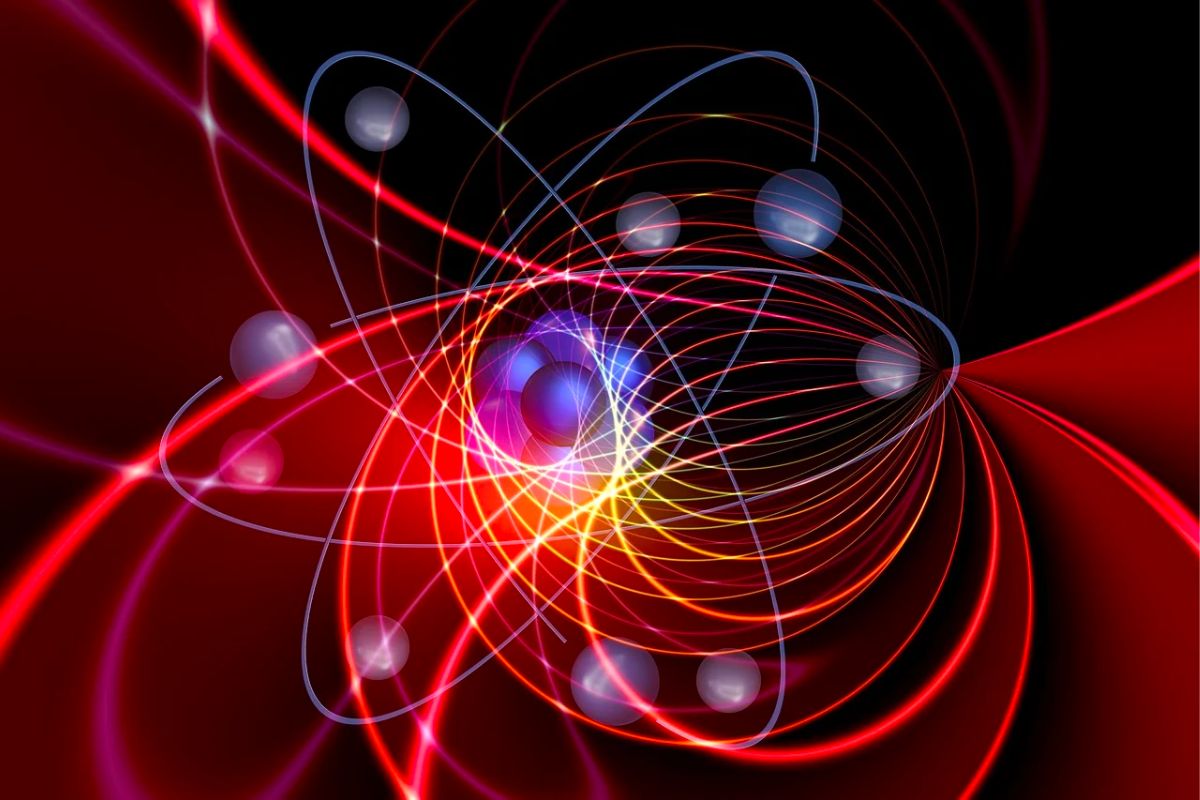Research indicates that in the future, quantum batteries may be able to charge themselves by defying the established laws of causality.
Traditional batteries recharge by transforming electrical energy into chemical energy at a large scale involving numerous electrons.
In a groundbreaking experiment, scientists have shown how a peculiar quantum phenomenon could revolutionize battery charging by blurring the lines between cause and effect. As described in a study published December 14th in Physical Review Letters, this innovative approach could significantly enhance the speed and efficiency of battery charging.
In the realm of quantum mechanics, which governs the world of tiny particles, the connection between cause and effect, known as causality, is not always clear-cut.
In standard situations, when event A occurs before event B and is the cause, it is presumed that event B cannot also be a cause of event A at the same time. However, new ideas in theoretical physics suggest that there may be cases where both “A causes B” and “B causes A” are true at the same time, according to Yuanbo Chen, a physicist at the University of Tokyo.
The phenomenon of quantum superposition allows particles to exist in multiple states simultaneously, prior to being observed and collapsing into a single defined state.
A quantum object can have various characteristics, like its speed, position, or whether it is alive or dead (as in Schrödinger’s cat thought experiment). These characteristics can exist in a superposition state, which is a mix of all possible states. The superposition collapses into a specific outcome only when the object is observed.
Physicists have been prompted to explore unconventional experimentation as a result of this understanding, which challenges our innate perceptions of feasibility. These experiments involve phenomena where a single particle can simultaneously exist and not exist in various locations, defying traditional notions of spatial constraints.
However, superposition not only confuses our instinctive understanding of spatial relationships, but also disrupts our perception of cause and effect. In 2009, scientists utilized a quantum switch tool to witness an occurrence referred to as indefinite causal order. By directing a photon, or light particle, along two different paths, they were able to witness the photon splitting into two potential versions of itself – one traveling down the first path, and the other down the second path.
Physicists manipulated the photon’s path to create a superposition of quantum states, where the order of events was simultaneously reversed and unaltered. This resulted in a jumbled causality for the photon.
According to Chen, two processes, A and B, can be combined using a quantum switch to create a superposition of two possible sequences: first applying A and then B, or first applying B and then A.
Chen and his team questioned the possibility of integrating this technology into a quantum battery, a hypothetical device with the potential to harness the energy of photons and charge at a rate surpassing that of traditional electrochemical batteries.
They conducted a comparison of three different ways to charge a battery: connecting two chargers in a sequential manner, connecting them simultaneously, or utilizing a superposition technique that concealed the order of input.
According to their computations, by using the superposition technique, a charger that is causally-scrambled and operates at low power could deliver energy with greater efficiency compared to a traditional high-power charger.
The researchers verified their calculations by conducting a proof-of-principle experiment utilizing light. They directed photons through a quantum switch, which allowed the light particles to split into two separate versions of themselves, each taking a distinct path.
After exposing the light to two inputs that would polarize them in a different sequence (either A then B or B then A) depending on their path, the scientists observed the polarization at the final stage and discovered that the individual photons had undergone a causal scrambling.
After experimenting with there procedure, the researchers state that their upcoming obstacle is to fabricate an actual quantum battery capable of retaining energy. Nevertheless, the initial empirical proof for a quantum battery was only made public in the previous year, so this achievement may not be imminent.
“Due to the dearth of experimental data and the current focus on theoretical investigations in the field of quantum batteries, it is difficult to predict a specific timeframe for obtaining definitive results,” Chen stated.
